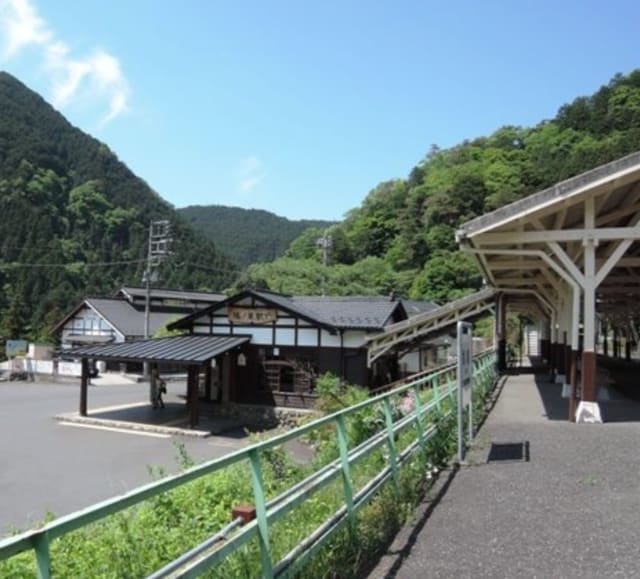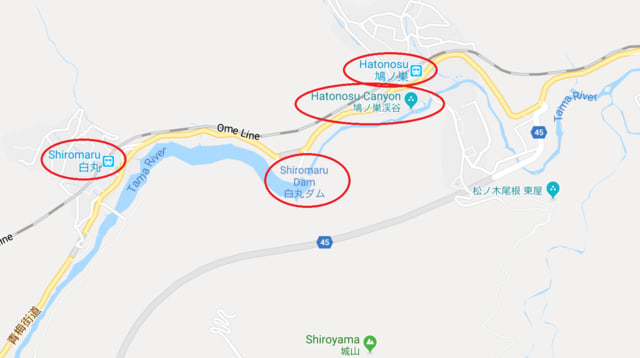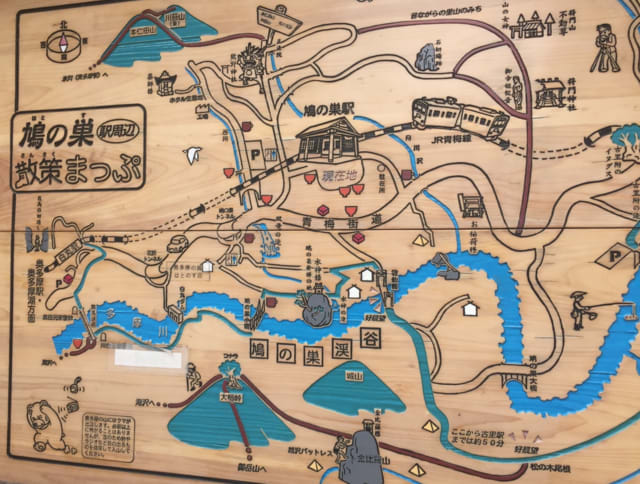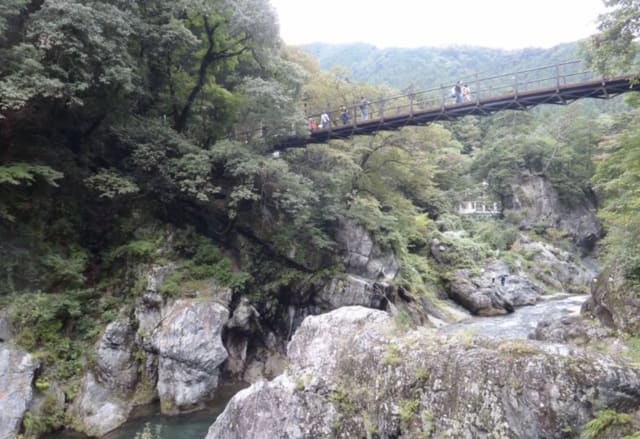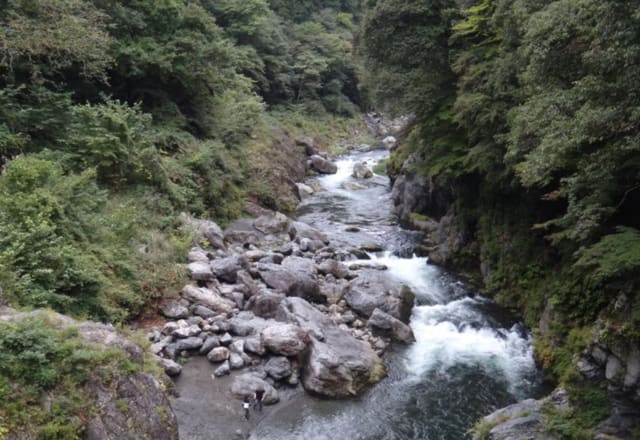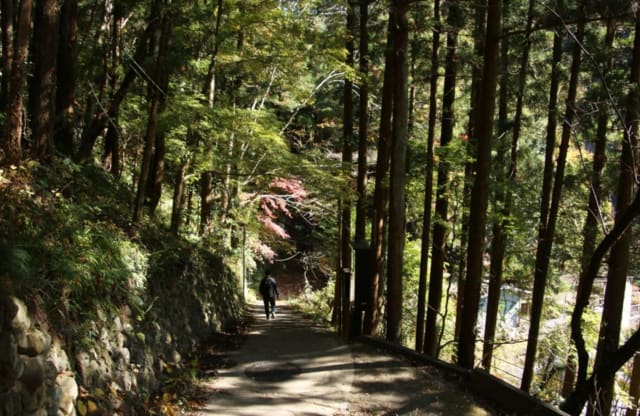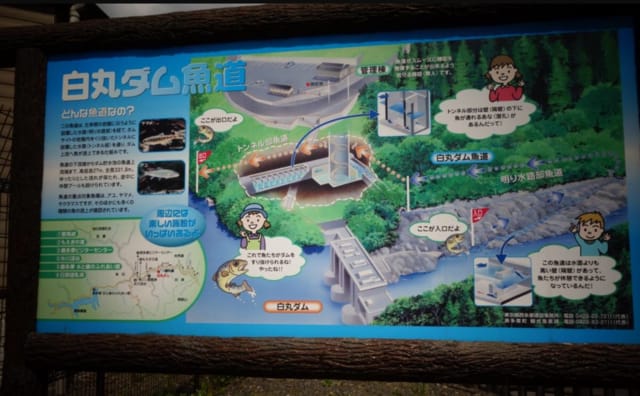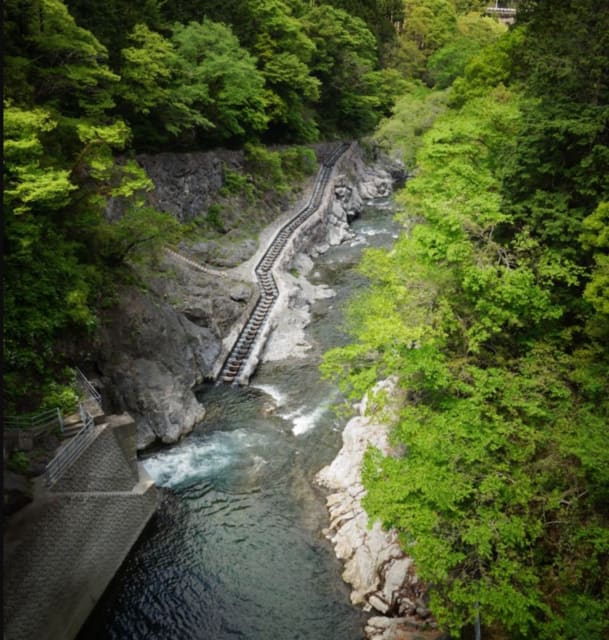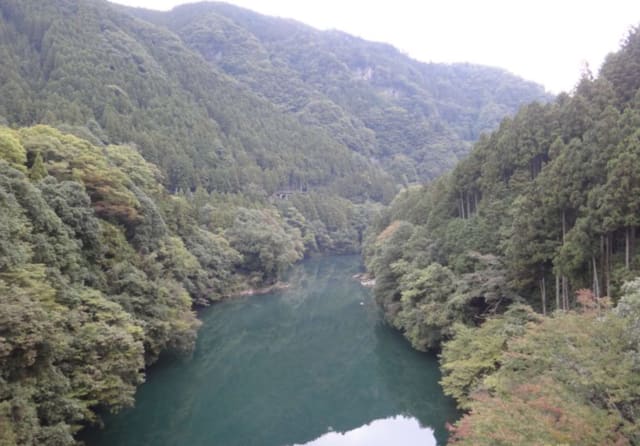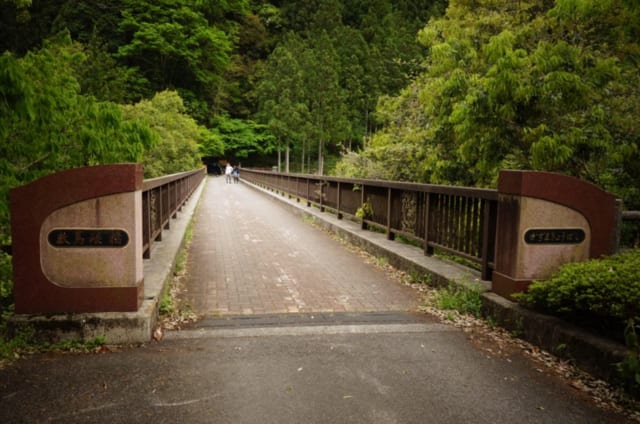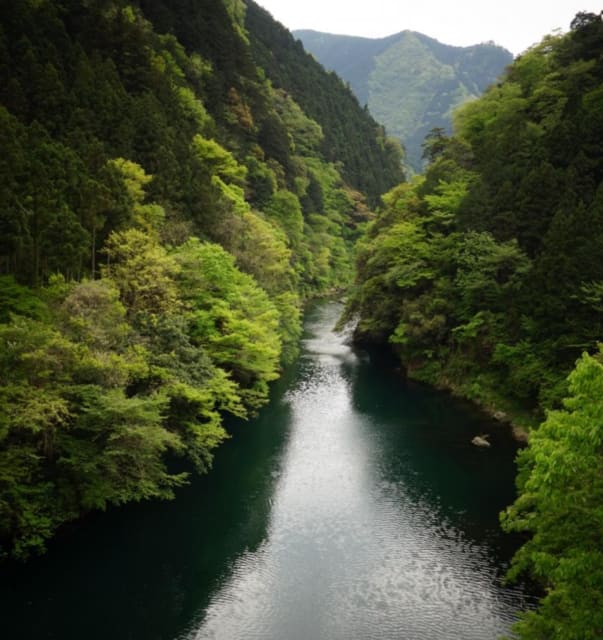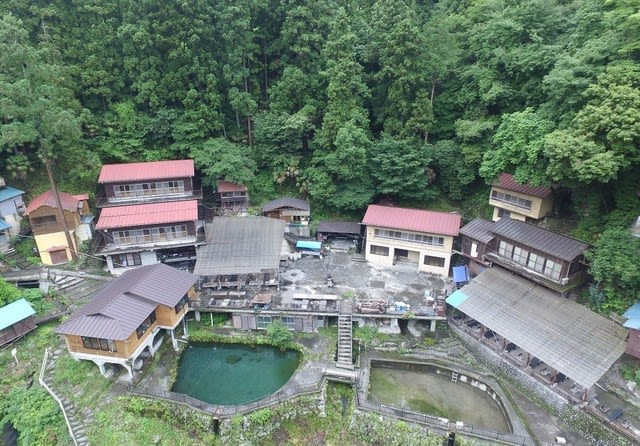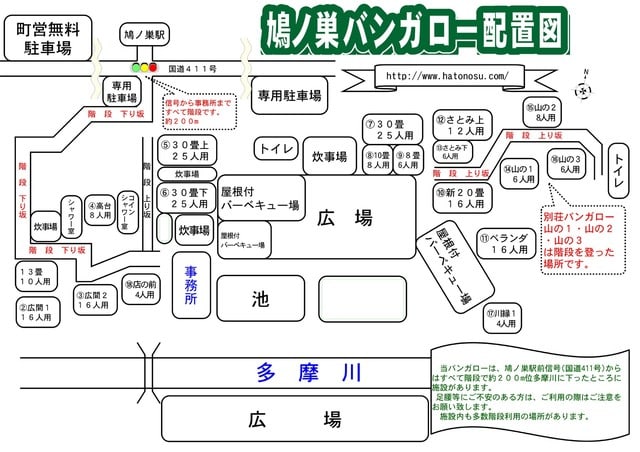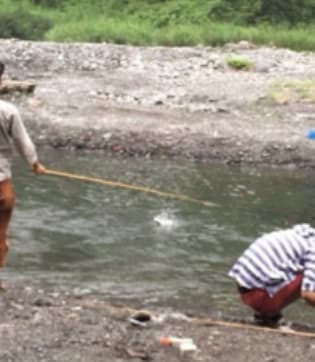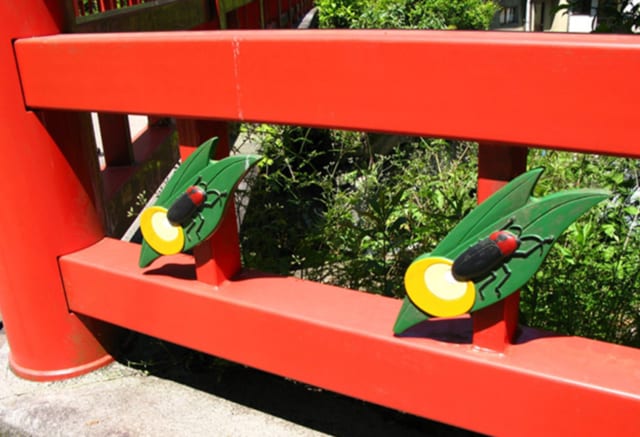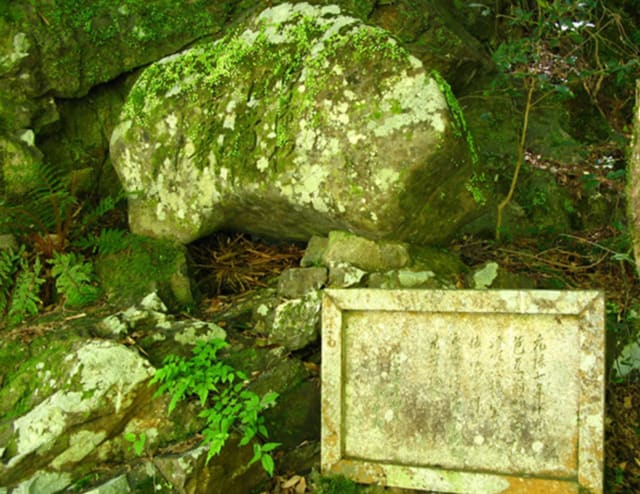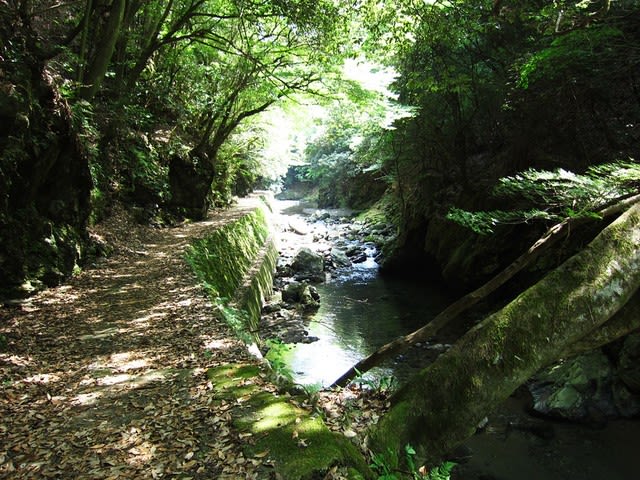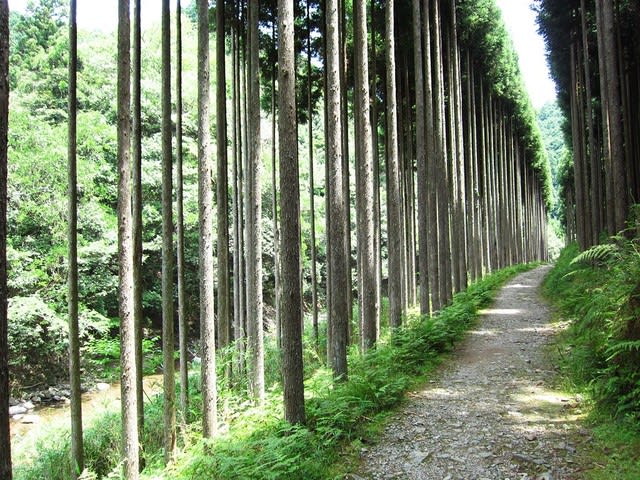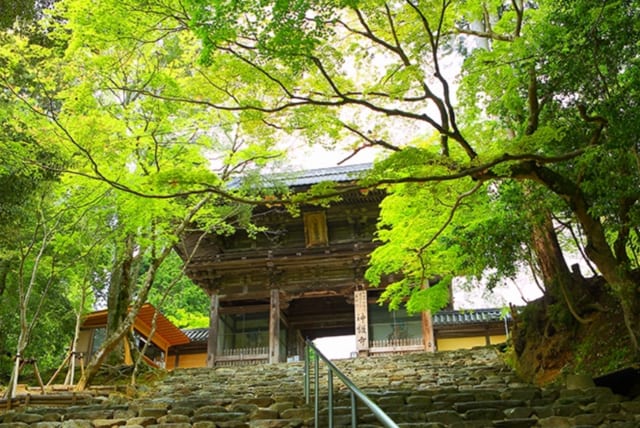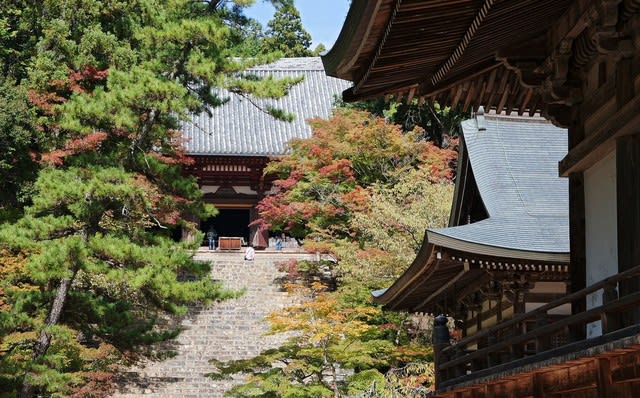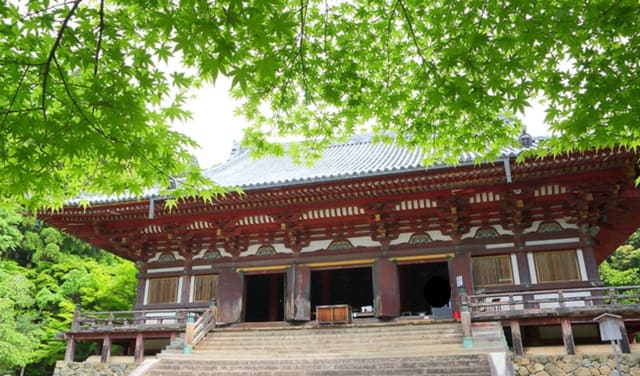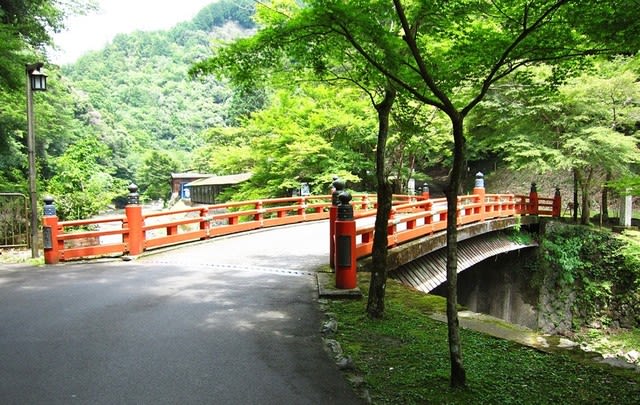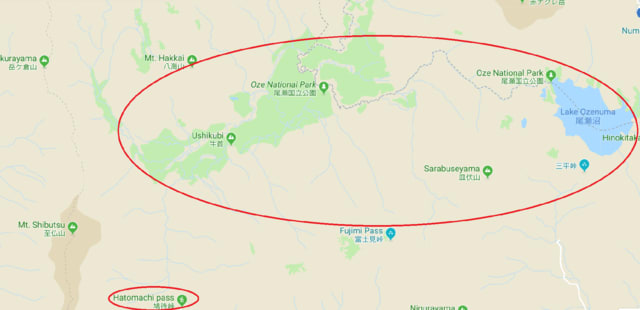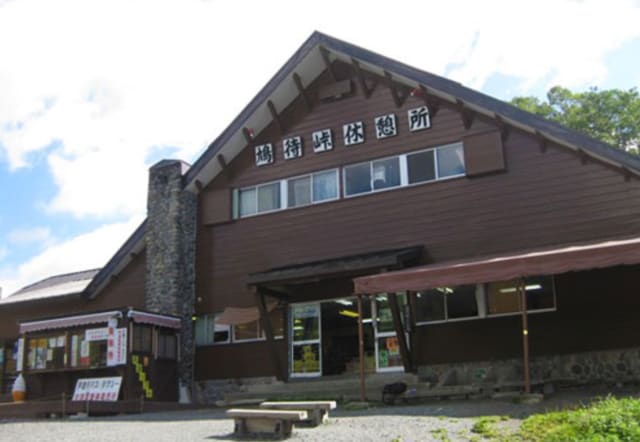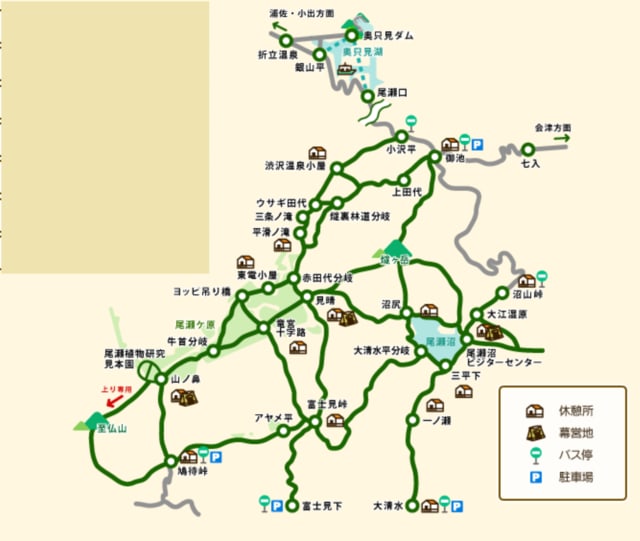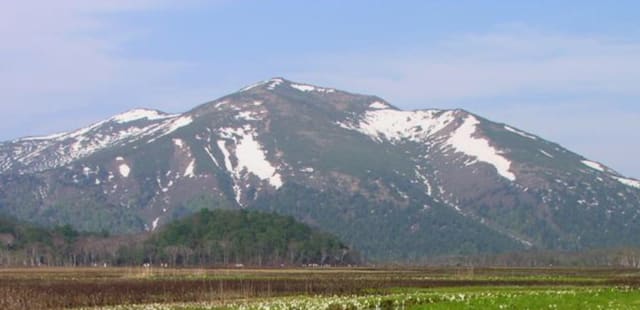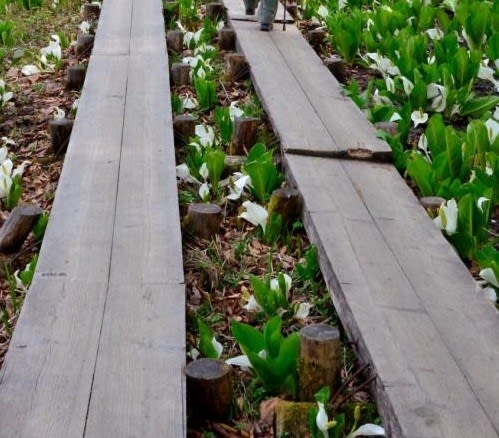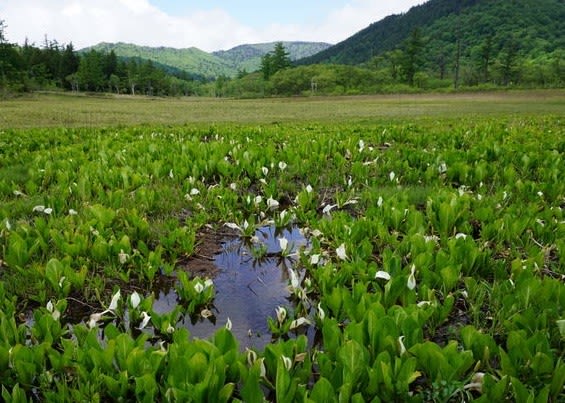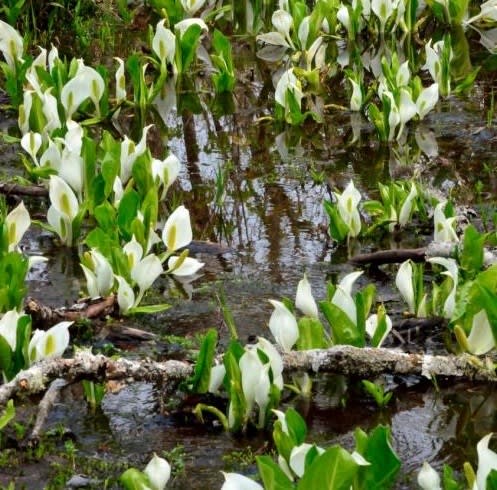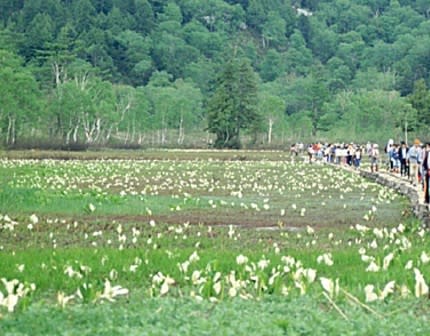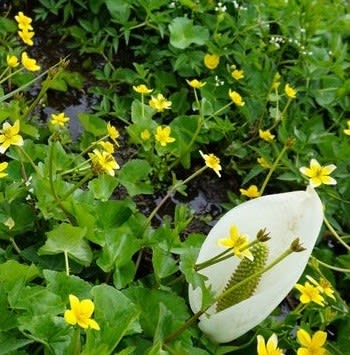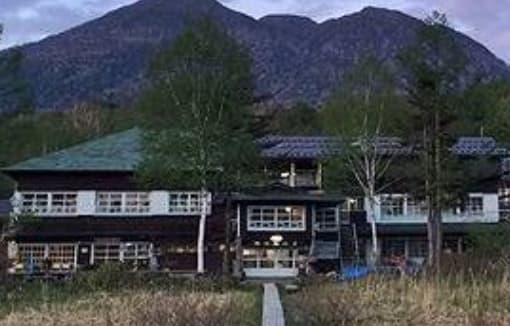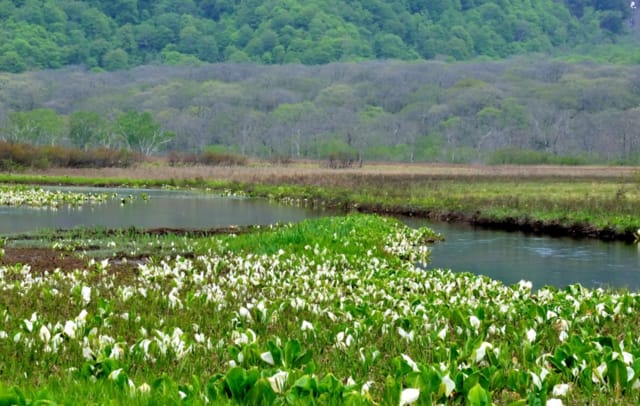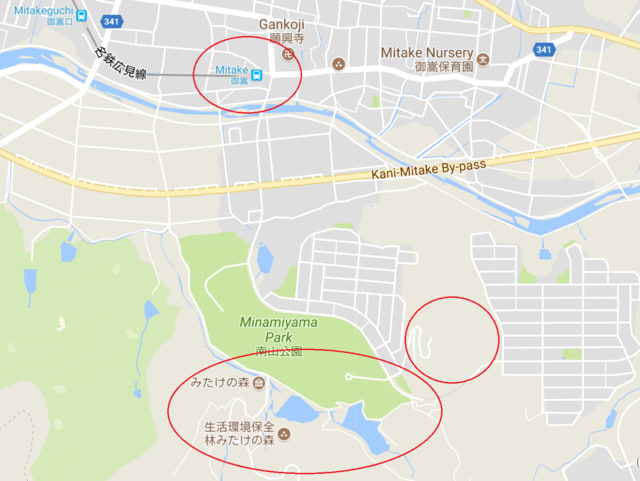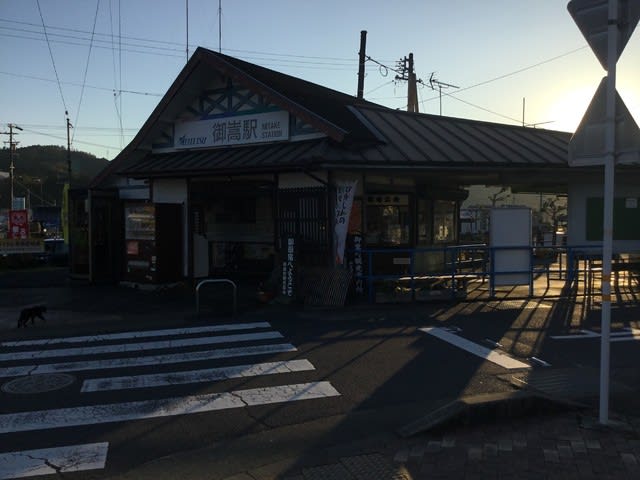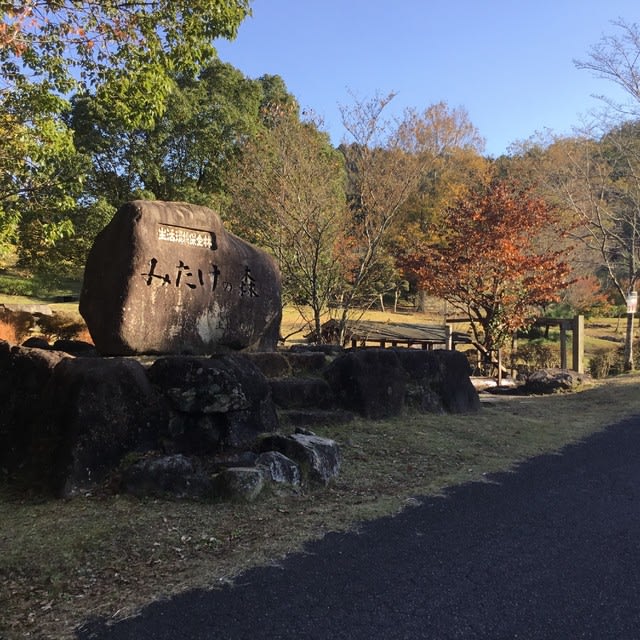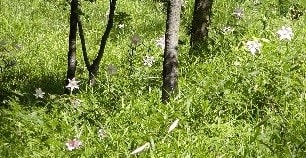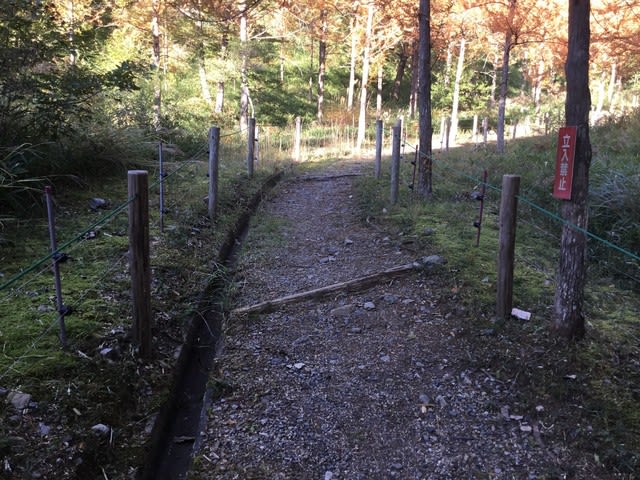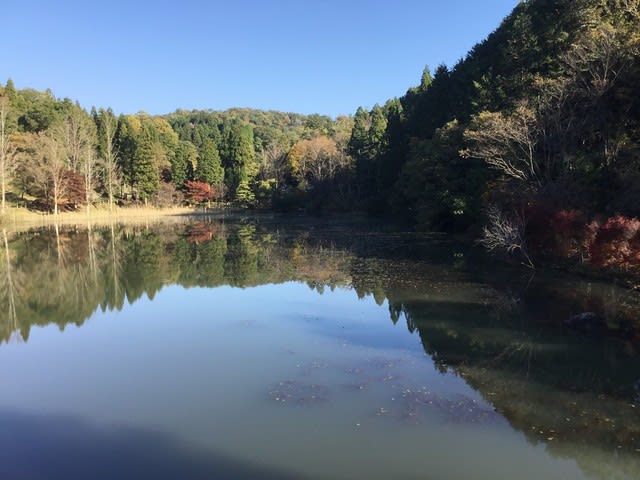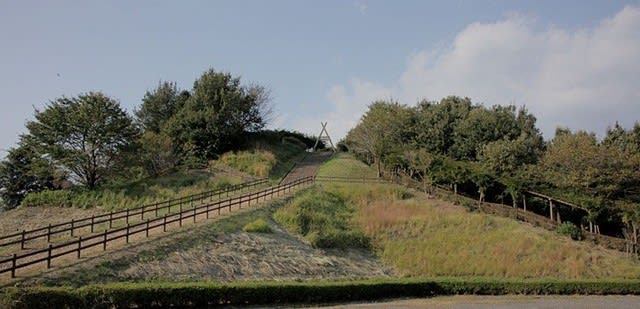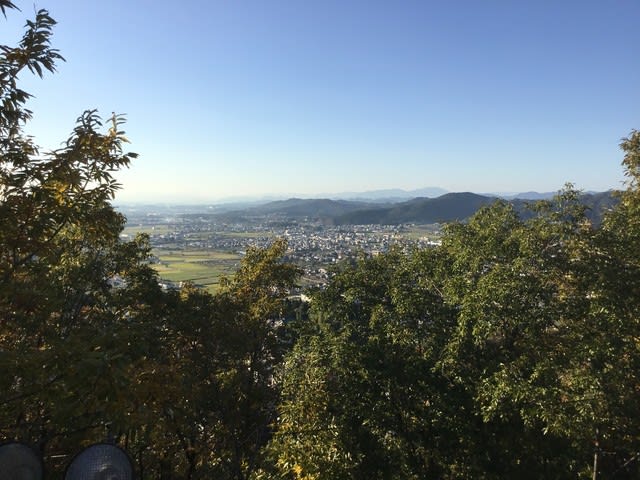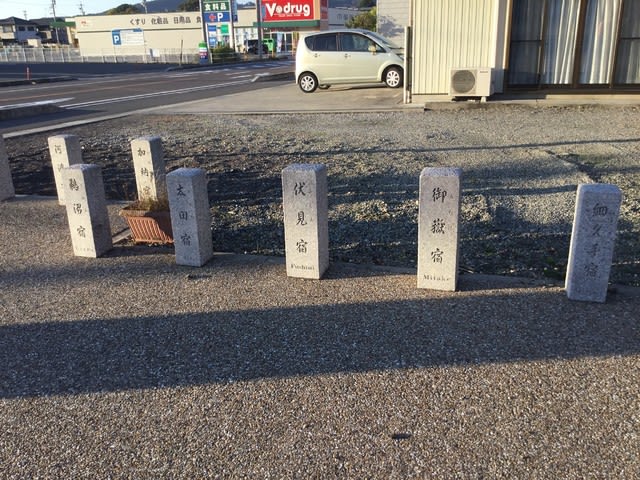I would like to inform Atera valley of Okuwa village in Nagano prefecture.
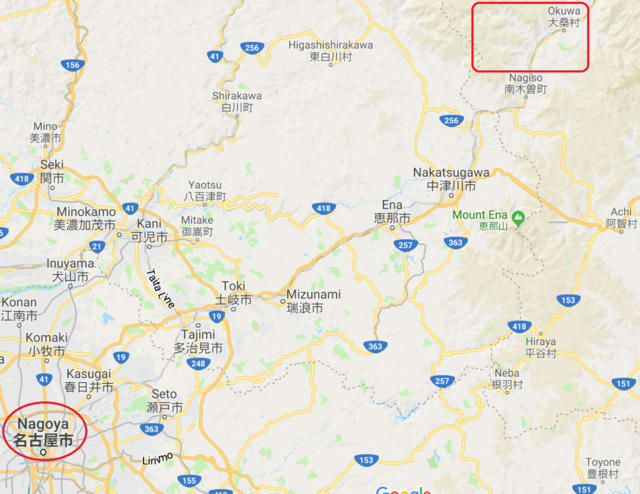
Take the JR Chuo Line from Nagoya Station and head to Nojiri Station.

I walk to the west from Nojiri station for about 10 minutes and arrive at Atera Bridge.

The place where I crossed Aeda Bridge is the entrance to the Atera Valley.
From the entrance of the Atera River Valley, we are regulating vehicles during the summer(from July 21 to September 2, 2018) and should not be a car.
Since there is no cafeteria in the valley, we recommend that you purchase a box lunch in advance.
There is a guide bulletin board of the Aera Valley.
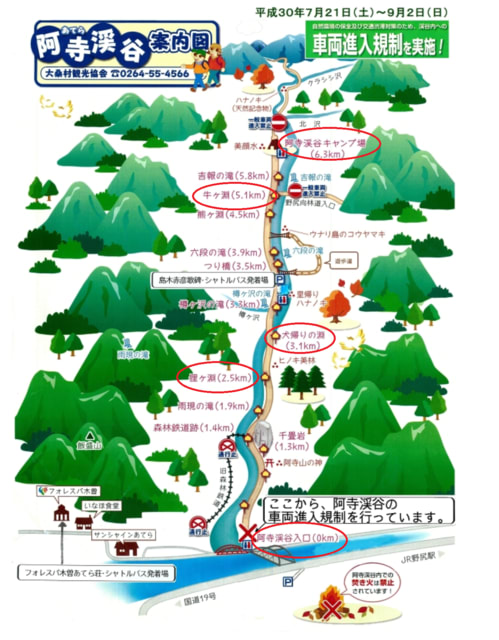
"Atera river," a tributary of the Kiso river flows, is a very deep valley, which has a valley floor and a maximum of 1,000 m of heading on both sides.
From here, it is a road for climbing to the north side.
While climbing the mountain stream of Atera, I climb the slope.
The water of the river is clear and the flow of emerald green is wonderful.


The side of the river is cool and very comfortable.
Hinoki beautiful forest, beautiful natural beauty which the distinguished rock creates, there are places where waterfalls are located, places where you can get down to riverbanks, there are signs in the sights.
The scenic spots of 'Tanukigafuchi', 'Inugaerinofuchi' and 'Ushigafuchi' are scattered.
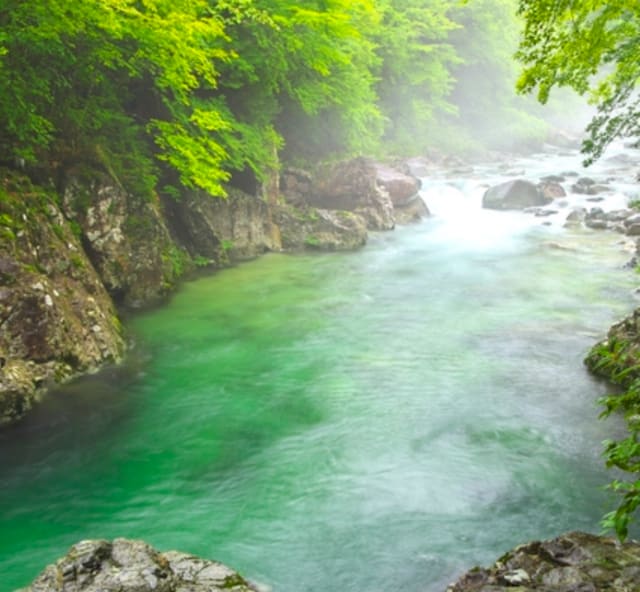
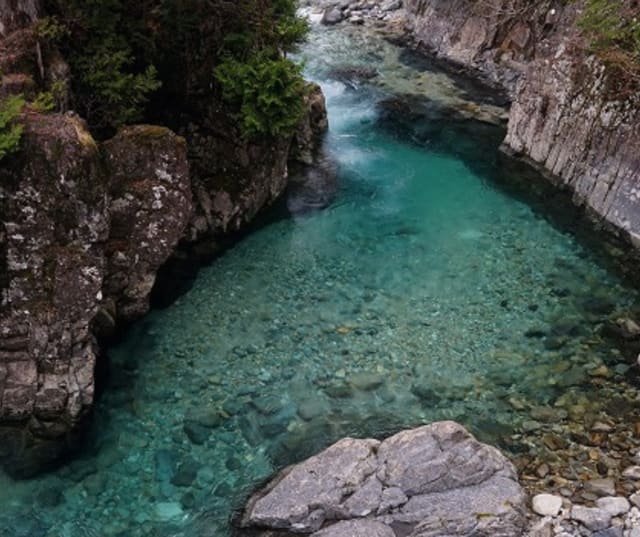

Water flowing to Atera Valley has high transparency and beautiful emerald green.
The color of this water is also called "Atera blue", and it changes every time that the bluishness is strong due to the shimmering of light and the green is strong, and it attracts people as "everything is too mysterious!"
Because the water quality of the Atera River is very good, Yamato Iwana, Agime Dojo, Yamame, Amago, Ugai, etc. live.
As I climbed about 6 km from the entrance to the Aera River Valley, I arrived at Atera Valley Campground.
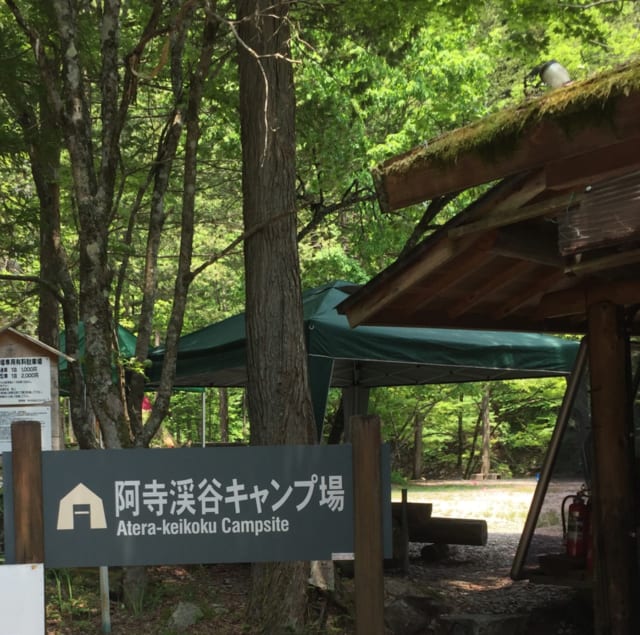
From Nojiri station, you can go to this campsite in about 2 hours.
We can accommodate day trip as well.
You can also do a barbecue.
If you want camping and barbecue, please make a reservation at the campsite in advance.
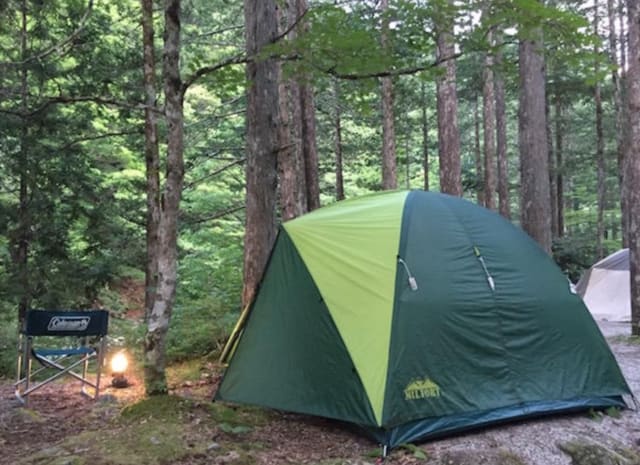
There is also a famous water called "beautiful face water" which has a legend that you can become a fair and beautiful girl when you wash your face. This water is chosen as a famous water and secret water of Shinshu, please wash your face.
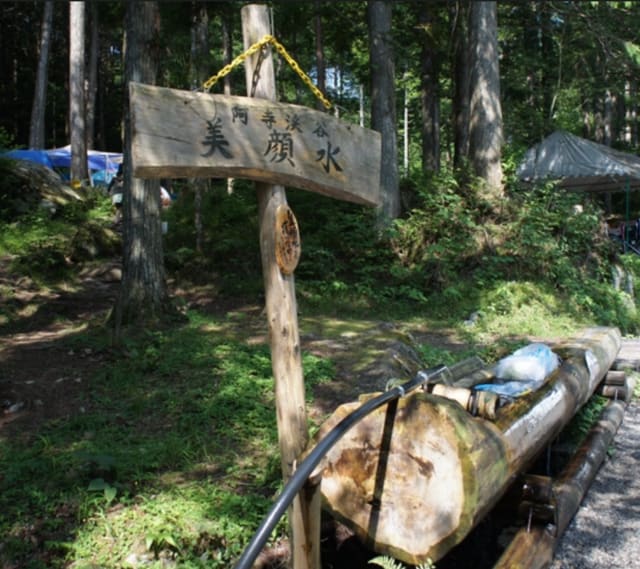
Your face will be smooth.
You can also fish at the campsite.
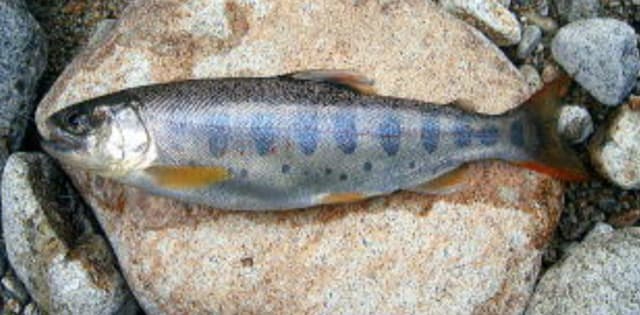
Please enjoy the cool summer in the Atera valley.
that’s it.

Take the JR Chuo Line from Nagoya Station and head to Nojiri Station.

I walk to the west from Nojiri station for about 10 minutes and arrive at Atera Bridge.

The place where I crossed Aeda Bridge is the entrance to the Atera Valley.
From the entrance of the Atera River Valley, we are regulating vehicles during the summer(from July 21 to September 2, 2018) and should not be a car.
Since there is no cafeteria in the valley, we recommend that you purchase a box lunch in advance.
There is a guide bulletin board of the Aera Valley.

"Atera river," a tributary of the Kiso river flows, is a very deep valley, which has a valley floor and a maximum of 1,000 m of heading on both sides.
From here, it is a road for climbing to the north side.
While climbing the mountain stream of Atera, I climb the slope.
The water of the river is clear and the flow of emerald green is wonderful.


The side of the river is cool and very comfortable.
Hinoki beautiful forest, beautiful natural beauty which the distinguished rock creates, there are places where waterfalls are located, places where you can get down to riverbanks, there are signs in the sights.
The scenic spots of 'Tanukigafuchi', 'Inugaerinofuchi' and 'Ushigafuchi' are scattered.



Water flowing to Atera Valley has high transparency and beautiful emerald green.
The color of this water is also called "Atera blue", and it changes every time that the bluishness is strong due to the shimmering of light and the green is strong, and it attracts people as "everything is too mysterious!"
Because the water quality of the Atera River is very good, Yamato Iwana, Agime Dojo, Yamame, Amago, Ugai, etc. live.
As I climbed about 6 km from the entrance to the Aera River Valley, I arrived at Atera Valley Campground.

From Nojiri station, you can go to this campsite in about 2 hours.
We can accommodate day trip as well.
You can also do a barbecue.
If you want camping and barbecue, please make a reservation at the campsite in advance.

There is also a famous water called "beautiful face water" which has a legend that you can become a fair and beautiful girl when you wash your face. This water is chosen as a famous water and secret water of Shinshu, please wash your face.

Your face will be smooth.
You can also fish at the campsite.

Please enjoy the cool summer in the Atera valley.
that’s it.













